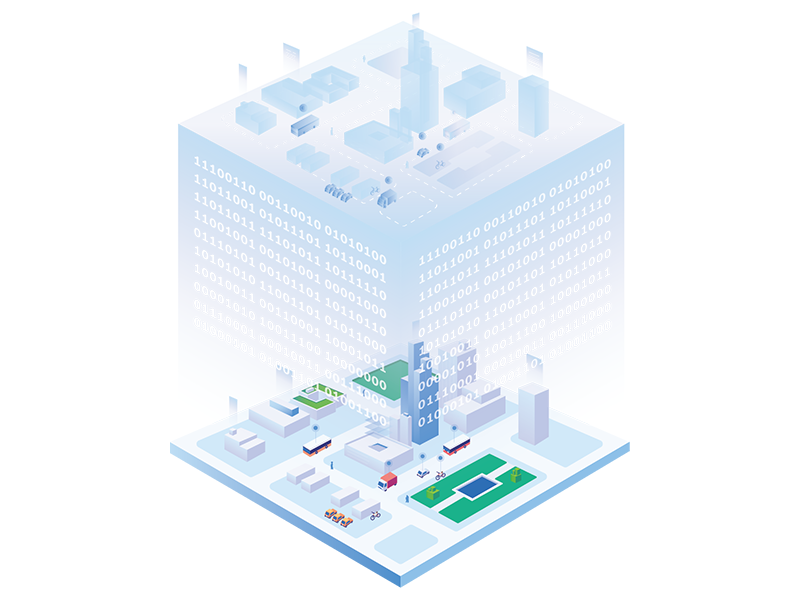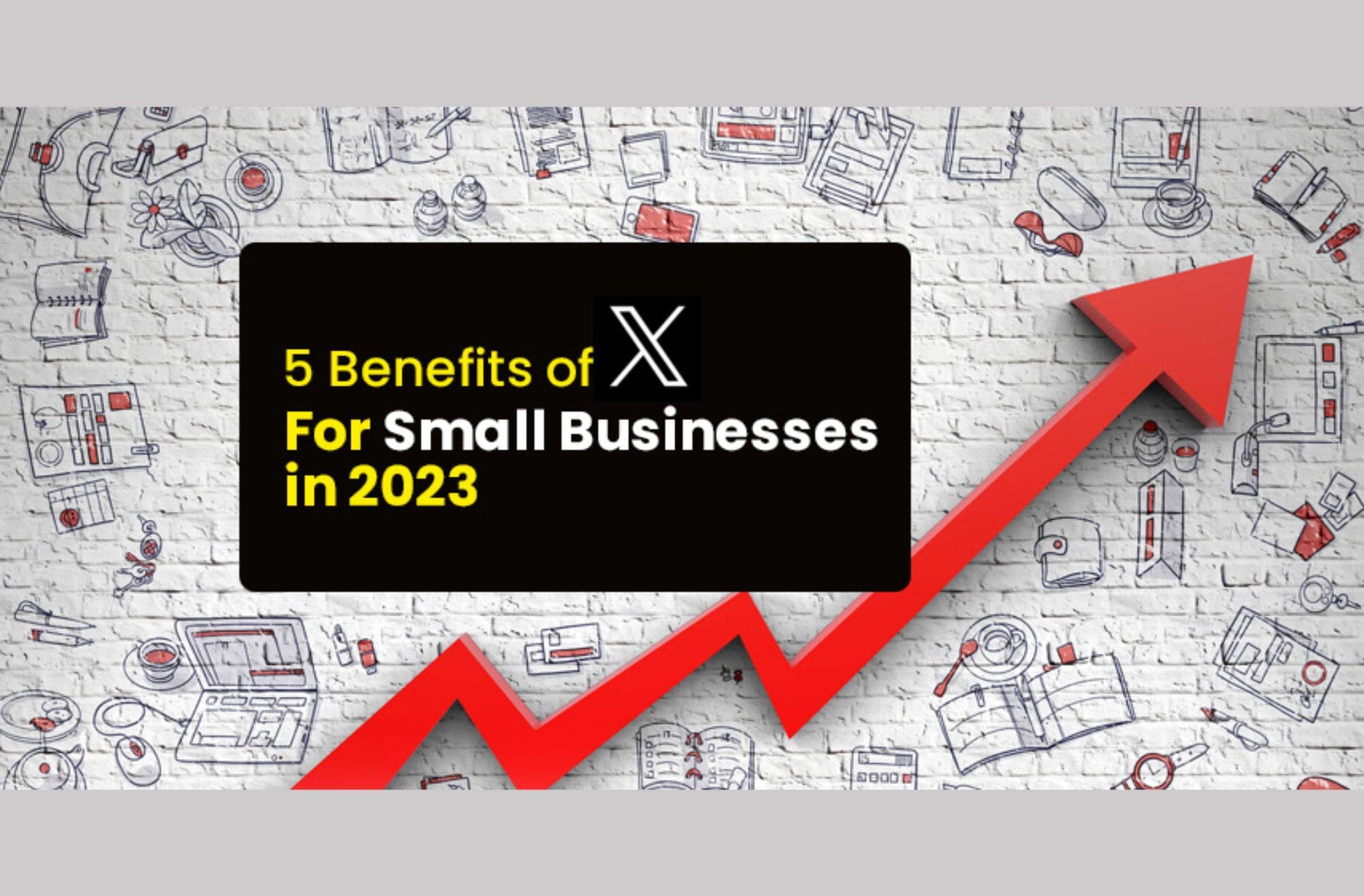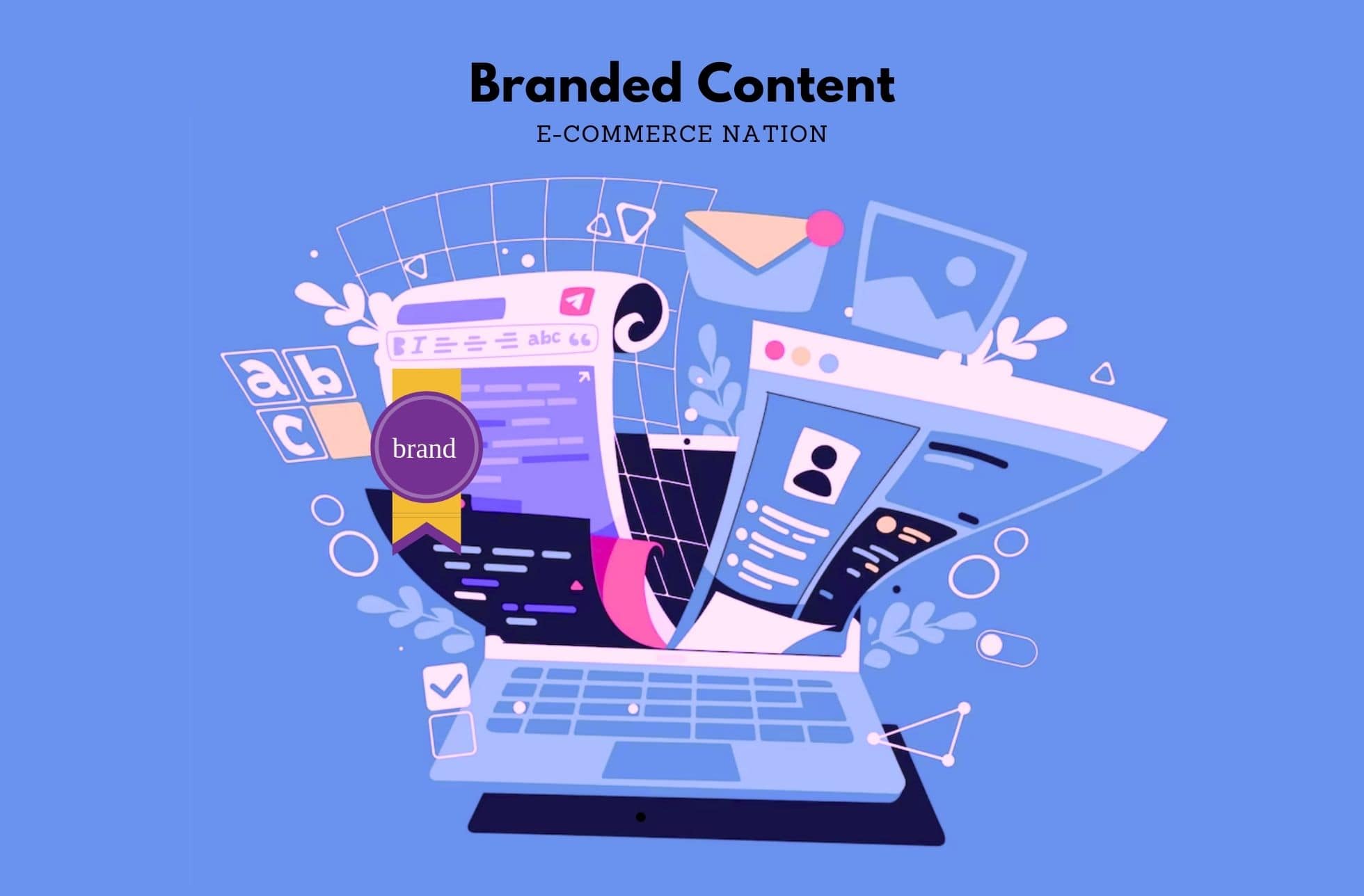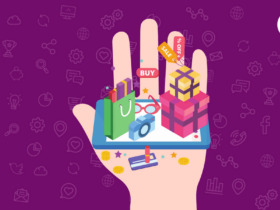One could say that IoT devices for e-commerce is certainly the most thrilling invention since the creation of the Internet itself, and certainly the biggest thing to hit e-commerce (even if it’s still in its infancy). Imagine a future where everyday objects are able to identify themselves to other devices thanks to their internet connexion.
Objects will be “intelligent” and capable of communicating with other objects; this is what Internet of Things (IOT) is all about. Even though it is kind of hard to describe precisely the concept, items interact with each other to simplify your everyday life. The principal communication method in use today (who knows what the future has got for us) is RFID technology. It also includes wireless and QR codes technologies.
What is the Internet of Things (IoT)?
The main idea behind these concept is that the first version of internet was all about data created by human being, while in its next version, things would be creating data themselves. In 1999, expert in digital innovation, Kevin Ashton declared that “If […] computers […] knew everything there was to know about things – using data they gathered without any help from us – we would be able to track and count everything.”
This networking of physical objects, using integrated sensors and other devices, collects and transmits information. The information collected is then analyzed to optimize products, services and procedures. We are then able to save time and money, even lives. Imagine a system telling you whenever your run out of food products in your fridge and add it to your next grocery list automatically. It can even pass the order to the store for you. Imagine a sensor that rings when in contact with water and send a text to parents’ smartphone, etc. Well, you can imagine pretty much anything!
When IoT devices for e-commerce becomes the norm
When the majority of people think about being connected they usually think of computers, tablets and smartphones. In a world with IoT, anything can be connected and communicate intelligently. The whole world then become a one and only big information system. Everything and anything uses Internet to connect in some way. The worldwide progressive digitalization totally changes the way organizations and people learn, decide, and act according to opportunities. This applies to e-commerce as well.
Reality is, so many products are now connected to the web, from refrigerators to clothing, cars, lights, thermostats, alarm systems, farm animals, etc. Today, the population is getting used to being surrounded by interactive items. Somehow IoT is now at a tipping point as it is not new anymore and starts becoming the norm instead.
By 2020 experts from research firm Gartner estimate that more than 20 billion “things” would be connected to the internet. It represents 5.5 million of new connected devices every year, facilitated by more affordable sensors, processing power and bandwidth. By the same time, still according to Gartner, more than 50% of new business processes and systems would somehow use IoT aspects.
This increasingly high growth of IoT market is due to expanding Internet penetration around the world. As the population gets more online it asks for more and more interconnectivity of its everyday life objects. Other growth factors are the decrease in sensors’ price, network’s better speed and IoT potential to rationalize uses and provide time and cost saving information.
The IoT’s role in the next computing cycle will be huge. The current IT environment is lead by SMAC (social, mobile, analytics, and cloud) technologies. The next computing cycle, for its part, will be dominated by VR (Virtual Reality), AR (Augmented Reality), AI (Artificial Intelligence), machine learning, IoT, and self driving cars. Expert predict the market would drive $13 trillion for this next computing cycle.
IoT devices for e-commerce and their benefits
The International Data Corporation (IDC) forecast the IoT market will be worth $1.7 trillion by 2020. By this time, IoT might be the biggest device market in the world, which would represent twice the size of the combination of smartphone, PC, tablet, connected car, and the wearable market all together. Then, how to use IoT potential in your e-commerce?
IoT data collection to personalize offers
Possibilities to personal recommendation are endless. Imagine a Fitbit like device which would communicate with your e-commerce app. It would then propose the holder some personalized discount on healthy snacks, protein shakes, sport gear and more. Imagine someone turning on its heater in winter, then the device would send information to your online store where they have an account and you would be able to send them recommendation for slippers, hot cocoa, warm sweater, etc. This list could grow as the technology grows itself.
Collected data from IoT connected devices will be more and more used in the future to get more insight from people lifestyle habits and build better targeted marketing campaign. For example, some insurance companies are already getting data collected by car rental companies about drivers habits and issues obtained through IoT devices such as GPS, movement and speed sensors,etc. Your e-commerce strategy could greatly benefit from such collaboration for sure, the next is to identify which partnership would better suit your activity.
Delivery and order preparation
Another domain where IoT devices could play a new role in the e-commerce future is parcels delivery. Take a look at what self driving cars are getting capable of today. Companies like Google, Tesla Motors, Volkswagen, Mercedes-Benz, BMW, Nissan and others are implementing IoT for cars and it’s literally changing the world. In the future, such self driving cars or smaller vehicle could deliver the parcels you sell on your e-commerce platform. For example, the French postal service plans on using small self driving devices to deliver parcels in the months to come.
As e-commerce owner you will find IoT implementation useful for your warehouse organization as well. Like Amazon did, you could use warehouse robots to increase your picking and packing process efficiency. Their actual robots can move at 8 km/h and load parcels up to more than 300 kg for now. No doubt this technology will improve over time.
IoT big data management
As we saw, IoT is an endless source of data about your consumers’ routines. If row, that data is useless. They have to be stocked to further be analyzed. For that, what you need is a unified data platform that will gather several data sources, even the ones that don’t seem to work together at first.
This is the only way you would be able to unlock the real benefit of IoT data, by getting the 360° view of your customers activities and identify relationships, discover opportunities and be able to engage with your online customers in a more relevant way. Deep machine learning technologies already show great potential in deducing data relationship and will for sure be a part of IoT next development step.
Real life e-commerce IoT opportunity example
As e-commerce owner you could ask yourself how data collected through tangible goods would help your store to grow? Let’s see real life example. Giant beverage company Pepsi Co. implemented soda fountains with which people can customize their drinks with extra flavors. The machine then enables the beverage giant to monitor the type of flavors and drinks people prefer in particular city/area.
This way, the device acts like a local small focus group, gathering results wherever they are displayed. If you were selling soda online and had access to those very precise data, then you would be able to implement your marketing strategy even more accurately depending on your customer’s’ location.
IoT Drawbacks
Security breach dilemma
With the IoT devices multiplication come the security question. As more and more things are connected to each other, the simplest ones (which are usually the cheapest ones as well) often have no security capabilities at all. And as the competition rises, manufacturers and sellers focus principally in getting their products into the market (which is a gold rush, really) rather than developing proper security system. Their point of view is pretty much that it is up to the customer to change their password for example to get their device more secure.
But how many of them do really make that change? The point is, if those devices get hacked, they can give access to the rest of company/home network to the bad guys. As consumer run into stores to get the last connected item, cyber criminals see this as a great opportunity, because in most case consumer-ready items can be relatively easy to hack.
Gartner have categorized IoT devices into 4 groups:
- Passive: low threat risk (like RFID tags)
- Sensors: moderate threat risk (communicate information, like water sensors)
- Devices: high threat risk
- Self-driving cars: high threat risk (both categories can be controlled by distance and are very sensitive for data loss, malware and sabotage)
Security prevention system
First of all, if you want to protect your e-commerce network from IoT security breach, you should change the default user names and Ip addresses. You could also apply segmentation to your devices and limit the possible damages or at least try to get more control over cyber criminals who would managed to get into your system. Cognitive firewalls also exist and use Artificial Intelligence placed on the cloud to check on requested actions and define if they are appropriate or not. Otherwise your e-commerce website could be either victim of cyber attack or even data hostage and asked for ransom to get them back if locked by hackers (it happens more than you think).
IoT e-commerce main actors
More IoT connection means more congestion on existing networks. This is the reason why giant communication firms are launching new targeted technologies. For example, major network provider AT&T designed new version of its cellular technology used by smartphone to get high speed connection to internet.
LTE-M, the technology is specially designed for IoT. Estimation says LTE-M devices wouldn’t need much energy to operate and could supposedly last for 10 years on just a single charge. This technology could also pass through thick walls.
Internet of things is already all around us, but is still at its beginning in term of technology development. Competition is high and in order to gain power in the market, companies like GE, Oracle, Cisco, IBM, Microsoft, Salesforce, and others are building strategies of acquisitions and partnerships.
Google, has also entered the game by buying Nest for $3.2 billion 3 years ago and Amazon for its part is releasing more and more IoT devices for e-commerce. Everyone knows its Kindle TV, Amazon Echo (which empower consumer engagement through voice communication) , and Amazon Dash buttons ( which greatly build consumer loyalty).
IBM’s Watson IoT platform and Visa’s global payment services now collaborate in what is going to be a great IoT improvement. Their goal is to embed payment in everyday life devices like watches, rings, tools, cars, etc. This way, they bring points of payment to potentially each one of the 20 billion connected devices that should exist in 2020. E-commerce businesses won’t complain for sure!
Good IoT Strategy to follow for your e-commerce
In order to benefit from IoT market boom you will need to follow some strategy
- Get the idea that it works as an ecosystem. You can partner with other firms to get data you need to improve your e-commerce marketing strategy.
- If you develop IoT devices for e-commerce, be careful to choose wisely the platform your product will use. Estimation indicate there are currently more than 200 IoT platforms already existing.
- Ensure the security the IoT devices you use for your own sake and also you customers’. Lawmakers will certainly add regulations in the future, you do not want to get trouble with that.
- Reassure your customers about the collection of their data and what you will do with them. Be careful not to damage your image.
IoT technology increases and possibilities are endless for your e-commerce, both as a seller of IoT devices and as a user. It allows your e-commerce to collect data and adjust your marketing strategy as well as improving your warehouse performances. But be aware of the possible security breach and adjust your prevention process accordingly.
And you, what do you think of IoT? Tell us below or Tweet us!
Image credit : Minshuo Tang




